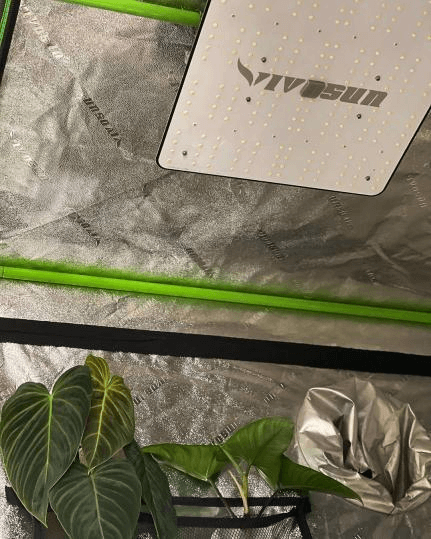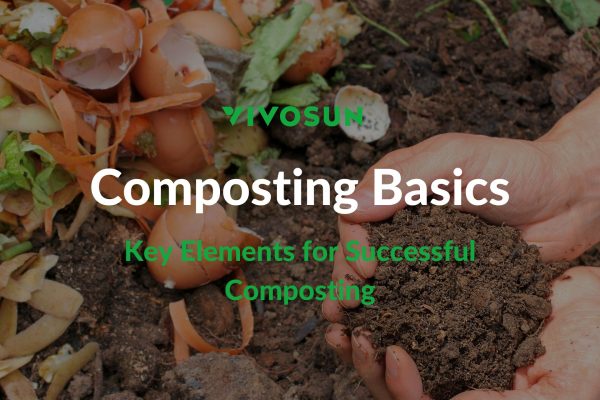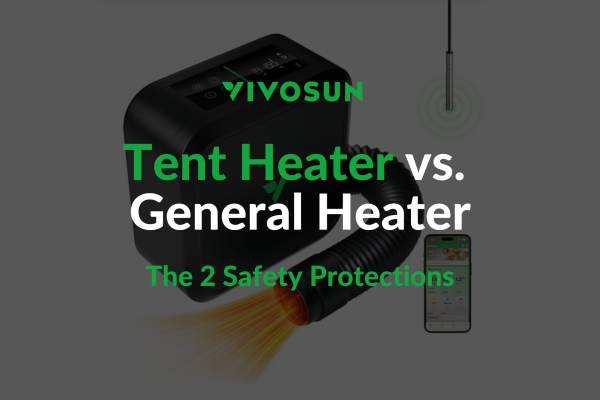Growing lights are the key to life for your plants, but how do you set them up in your grow tent? The question goes hand-in-hand with “How high should I hang my lights above my plants?” (check out our blog on the subject by clicking!) but in this blog post we’re going to talk about hanging grow lights in the tent. Before we begin, let’s define a “good” grow setup.
Definition of Good Setup
Of course, everyone has a different situation that depends on whether you’re growing flowers, vegetables, cannabis, or something else, so just take this as a baseline guide to how you decide to organize your tent. We should think of hanging grow lights for indoor plants as a science: where will the light “fall,” what will the spread be like, and do we have any reflective material (if you’re using our tents, the answer is YES!), and how should we organize the plants.
Let’s start with the simple theory first. Light is photons and photons are particles with wavelengths. To calculate the intensity of light, we use a quantum meter to measure how many photons show up in a certain area. However, photons do not land in a “straight” line directly from the source—they spread out and land in somewhat organized chaos.
It shows that far away from a light source from the object, such as the canopy of your plant, the photons will spread, more photons will spread alongside instead of falling straight. This isn’t a bad thing since this random order creates a bigger light footprint, but we need to balance the “spread” of your light across an area versus the “intensity” of the light—of course, the closer your lights are, the less spread there is and the greater the intensity becomes.
You can think of it like holding a flashlight against a wall: as you move the flashlight away from the wall the light will dim but the coverage area will grow.
When we are measuring this light “spread” versus intensity, we rely on charts that show Photosynthetic Photon Flux Density (PPFD—basically what we described above). PPFD measures the amount of Photosynthetically Active Radiation light (PAR—number of photons created by the artificial light source) in a given area.
We measure this with Full-Spectrum Quantum PAR meters to find how “intense” the light is in various places beneath the light at various heights. Now with this little nugget of knowledge, let’s look at the practical act of hanging some lights in your tent.

How to hang grow lights in your grow tent?
Before hanging grow lights for indoor plants, verify the size of your grow tent, your inline fan, what type of plants you’ll be growing, and indoor electric wiring—meaning, are you able to provide your fan and light with independent outlets without using extension cords? Be sure that you know your spacing and that you have a plan of where you’ll be placing your equipment before you start setting it up—save yourself some hassle.
Further, having dedicated outlets is extremely important because fans and lights draw a lot more power than a computer or television, so if they’re all connected to one outlet you risk overloading your circuits. Hanging grow lights for indoor plants is pretty easy, let’s get into it.
Step 1: Where in the tent should you put your light?
Usually, we say in the very center of your grow space is best. If your tent has reflective Mylar, you’ll get decent light reflection throughout the tent even near the corners. If your space is large (over 6’ x 6’), you probably will need to divide your tent into two regions and have two lights in both regions.
If you have a very large tent (10’ x 10’), you may even need to add extra lights to the corners of your tent to ensure that your light spread overlaps at all points so you don’t get any dark spots. Additionally, when growing, we also suggest you rotate your plants around your tent so that they have even exposure to light. We recommend rotating your plants every few days.
Step 2: Install a Hook or Joist to the pole of grow tent
Our grow tents have hanging bars that cross the top of the tent that you can use to hang your lights on. Vivosun LEDs have metal hangers that you can hook either stainless-steel S-hooks, rope ratchet hangers, or even zip ties (use multiple!) to attach the lights to the cross beams. We recommend that you use rope hangers so you can adjust the height of your light over time.
Step 3: Arrange Light Hangers to hang your grow lights
Once you have connected your hangers (whatever you choose) to your tent, lift your lights and connect them to your hangers. Hopefully, you’ll be able to have your LEDs about 24” away from your canopy, which will also give you enough room to organize your fan, filter, and ducting at the top of the tent. We’ll have another article on the different ways to hang your ventilation later!
Step 4: Adjust the height of your light
Now that you’ve hung your lights, you can adjust the height of your lights accordingly—if you’re using rope ratchet hangers the process is really easy. If you’re using another hanging tool, you may have to be a little more creative to adjust the height. For example, if you use S-hooks, we’d also recommend using some rope to change the height of your lamp.
Wrap Up
We hope this helps you think about hanging grow lights for indoor plants. But keep an eye on those lights—over time you’ll have to adjust your lights according to the height of your plants.
If you have any questions, please don’t hesitate to reach out to us!
And be sure to check out our other blog posts for useful tips on becoming a great grower!
Subscribe to the Vivosun newsletter for growing tips, grower stories, and special offers, and get 10% off your first order!
We love the new Vivosun Smart Grow System and we are certain that you too will love it once you try it.
And join our Facebook farmer’s community for even more exclusive contests and prizes!
Download Vivosun App to get 15% off and explore more information!

You may also like articles about hanging grow lights:
What are the Best Ways to Use LED Grow Lights for Indoor Growing
How Long should Grow Lights be on for Houseplants?







